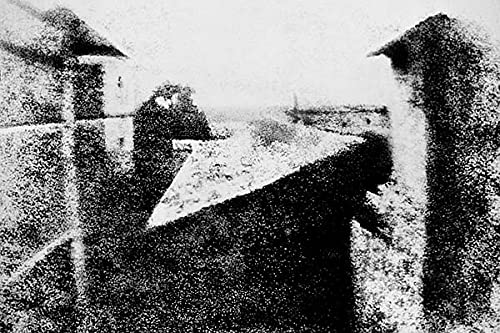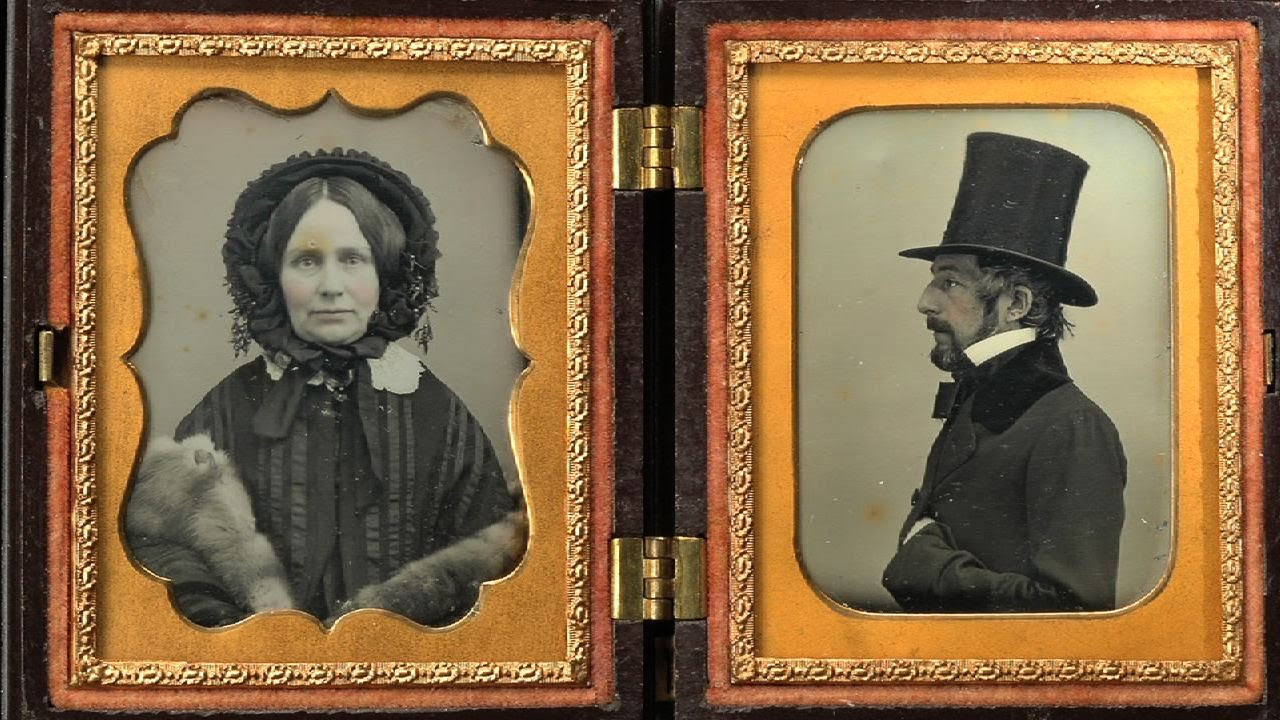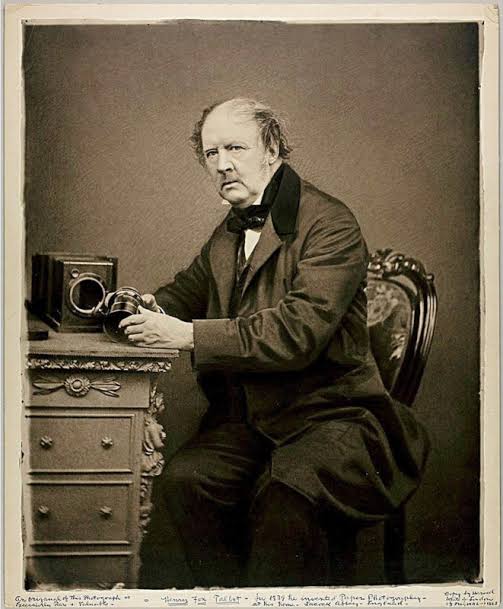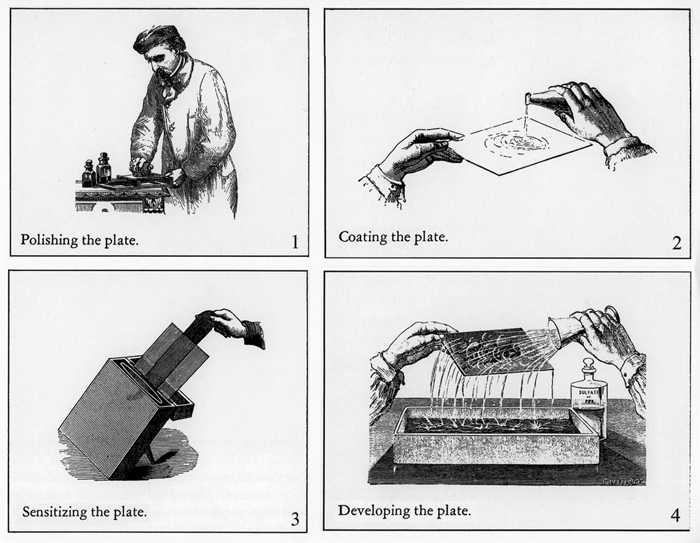The First Photographs Ever Taken: A Journey Through the Early History of Photography
Photography has come a long way. Today, we can capture any moment with a smartphone, but it wasn’t always so simple. The first photographs ever taken required time, patience, and innovation. The story of photography is a fascinating tale of human curiosity and ingenuity. Let’s journey back to the earliest days of photography and explore how it all began.
The Birth of Photography: Niépce’s Revolutionary Image
The invention of photography started with French inventor Joseph Nicéphore Niépce. In 1826, Niépce created the world’s first known photograph.

This image, known as “View from the Window at Le Gras”, captured the view from Niépce’s estate in Burgundy, France. Niépce used a method he called heliography (meaning “sun writing”) to produce this historic image.
Niépce’s process relied on a substance called bitumen of Judea. He coated a pewter plate with this light-sensitive material and exposed it to sunlight for eight hours. During this long exposure, the light hardened certain areas of the plate, creating a permanent image. The resulting photograph is grainy and barely recognizable, but it marks the start of photography as we know it.
Daguerre: The Father of Photography
After Niépce’s death, his partner Louis Daguerre continued to refine the photographic process. Daguerre improved upon Niépce’s heliography, developing a new method that produced sharper and more detailed images. In 1839, Daguerre unveiled his process to the world, calling it the daguerreotype.

The daguerreotype process used a silver-coated copper plate, treated with iodine vapor to make it light-sensitive. After exposing the plate to light, Daguerre developed the image with mercury vapor. The result was a highly detailed, one-of-a-kind photograph. Unlike Niépce’s heliographs, daguerreotypes required only minutes of exposure, making the process faster and more practical.
Daguerre’s invention caused a sensation. It sparked a wave of interest in photography and led to the first commercial portrait studios. By the 1840s, daguerreotype studios popped up in cities worldwide, capturing portraits of people who wanted their images preserved for future generations.
Talbot and the Birth of Negative-Positive Photography
While the daguerreotype gained popularity, an English scientist named William Henry Fox Talbot developed a different process. Talbot’s method, known as calotype (or talbotype), produced the first negative-positive photographs. This innovation allowed multiple copies of an image to be made from a single negative, unlike the daguerreotype.

Talbot’s calotype process involved coating paper with silver iodide and exposing it to light. After exposure, Talbot developed the image using gallic acid. The result was a paper negative that could be used to create multiple positive prints. Although calotypes were not as sharp as daguerreotypes, the ability to make copies revolutionized photography.
In 1841, Talbot patented his process, but the calotype remained less popular than the daguerreotype. Still, his work laid the groundwork for modern photography and inspired future advancements.
The Role of Photography in Science and Exploration
As the first photographs captured the public’s imagination, scientists and explorers recognized the power of this new medium. Photography allowed them to document discoveries and share images of far-off places with a broad audience.
By the mid-19th century, photographers accompanied explorers on expeditions worldwide. They captured images of ancient ruins, exotic landscapes, and indigenous cultures. These early photographs introduced people to distant lands and contributed to scientific research. Images of the moon, animals, plants, and human anatomy helped scientists understand the world in ways previously impossible.
The Collodion Process: Photography Becomes Accessible
In the 1850s, British photographer Frederick Scott Archer developed the collodion process, which made photography more accessible. This technique combined the detail of the daguerreotype with the reproducibility of Talbot’s calotype. The collodion process produced images on glass plates, creating negatives that could generate multiple prints.

Archer’s collodion process required photographers to work quickly. They had to coat, expose, and develop the plate while it remained wet. This “wet plate” process demanded skill, but it produced clear, sharp images. The collodion process quickly became the standard for professional photographers, making it the dominant method until the late 19th century.
Early Portrait Photography: Capturing People and Emotions
Early photographers used their cameras to capture not only landscapes and objects but also people. Portrait photography became a sensation in the 1840s, especially with the popularity of the daguerreotype. Unlike painted portraits, which required significant time and money, daguerreotypes offered a relatively quick and affordable way to capture a person’s likeness.

However, taking a portrait was not simple. Exposure times could last several minutes, meaning that subjects had to remain perfectly still. Photographers often used headrests and braces to keep people steady, as any movement would blur the image. Despite these challenges, early portraits capture a remarkable range of expressions and emotions, offering a glimpse into the lives of people from the 19th century.
The Rise of Kodak: Photography for the Masses
In 1888, American inventor George Eastman revolutionized photography with the introduction of the Kodak camera. Eastman’s Kodak camera was the first to use roll film, which replaced glass plates and made photography more accessible to the general public. The Kodak camera came preloaded with film, allowing users to take multiple photographs and send the camera back to Kodak for developing and reloading.

Eastman’s slogan, “You press the button, we do the rest,” captured the essence of Kodak’s appeal. For the first time, ordinary people could easily take photographs without worrying about technical details. Eastman’s invention marked the beginning of modern consumer photography, paving the way for the popularization of cameras in everyday life.
The Legacy of the First Photographs Ever Taken
The first photographs ever taken laid the foundation for the visual culture we live in today. From Niépce’s heliographs to Eastman’s Kodak camera, each innovation brought photography closer to the masses. These early pioneers of photography turned light into memories, capturing moments that would otherwise fade away.
Photography has transformed the way we see the world, allowing us to document history, tell stories, and share experiences. Today, digital cameras and smartphones make it easy to capture images, but the magic of photography remains the same. It all began with a few curious minds and a desire to capture life’s fleeting moments.
As we scroll through photos on our devices or share pictures with friends, we honor the legacy of the first photographs ever taken. These images remind us of the inventors who paved the way and the journey that took photography from a groundbreaking invention to a part of everyday life. The first photographs ever taken represent a milestone in human history, preserving moments for future generations to enjoy.
